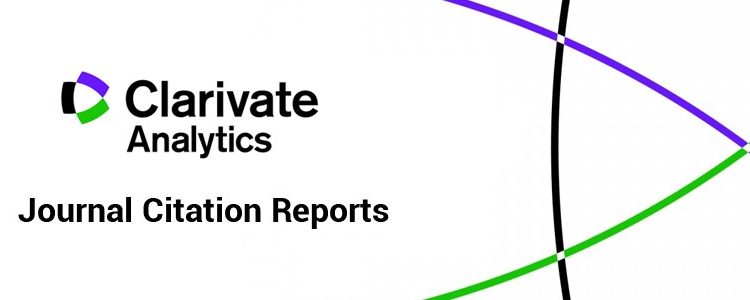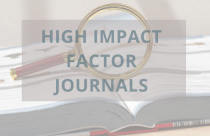Journal Citation Reports: Journal Selection Simplified

There are thousands of journals in the world. How can you choose which one to publish in? One way is to select journals based on their quality. The Clarivate Analytics Journal Citation Reports provides journal rankings. This Report shows journals listed by Impact Factor. The online resource allows you to choose other metrics to rank journals by. The Reports depend on the Web of Science Research Database. This bibliometric analysis is incredibly useful.
What Is a Journal Citation Report?
Dr. Eugene Garfield established the Web of Science. It contains information dating back to 1900 and also shows the connections in research. The Web of Science Research Database makes it possible to see which researchers are citing which publication. The citation data makes it possible to identify the most influential research around the world. This research database could also track the work of an individual researcher.
The Journal Citation Reports are also useful for identifying the quality of a journal. The Journal Citation Reports assigns each journal to at least one category. It is possible to find the most highly ranked journals. It is also possible to only look at journals in the Environmental Sciences category, for example. Researchers can use this information to decide where to publish. They can also use the Reports to ensure they avoid predatory journals.
Understanding Key Metrics in the Report
There are two versions of the Journal Citation Reports. There is a Science Edition that includes more than 8,600 journals in 176 categories. In addition, there is a Social Sciences Edition with more than 3,100 journals in 56 categories. There are several metrics in this Report. These include the impact factor, total number of cites, and the immediacy index.
The impact factor is a measure of the importance of a journal and depends on data for the two years before the publication of the Report. It is an easy metric to calculate. First, find the total number of citations to articles in the journal. Next, find the total number of articles published in the journal. Divide the number of citations by the total number of articles. In the Report, journals appear in the order of decreasing impact factor by default.
Moreover, being a popular metric the impact factor is often misused. The impact factor should apply only to journals and never for individual articles in a journal. The impact factor is also limited by the fact that non-English journals are under-represented. It also includes journal self-citation.
The immediacy index is a metric which identifies who is publishing hot topics. It depends on how often journal articles are cited in the year in which they were published. The immediacy index also needs to be used with caution. It is more likely for journals that publish often to have a higher immediacy index. Articles published early in the year receive more citations than those published toward the end of the year. This also affects the calculation of the immediacy index.
Using the Journal Citation Reports
Journal Citation Reports are usually accessed via an institution. You can search directly for the journal of interest. The journal’s profile page will give you additional information. This will include the metrics that give an idea of the relevance of the journal.
If you do not have a journal in mind, you can select “Categories by Rank”. Next, choose the Report year and either Science or Social Science edition and click “Submit”. Click on the Category headings to view them alphabetically. Clicking on a category will present a summary of that category. The “Cited Category Data” will present a list of journals within that subject. Clicking on a journal will give you further options. These include journal rank, source data, and relationships to other journals.
[ypt playlist_id=PLM1kuGdwRdGnkuPNk9xw6xZUdi7iwDxAW]
Journal Citation Reports are an easy way to interact with key bibliometric analysis of academic journals. Based on the Web of Science Research Database, the Reports provide many journal rankings. You may choose to look at a journal’s impact factor, total cites, or immediacy index. The Reports are an invaluable resource that can help researchers decide where to publish.
Have you recently selected a journal after carefully analyzing the Journal Citation Reports? Please let us know your thoughts by commenting in the section below.









